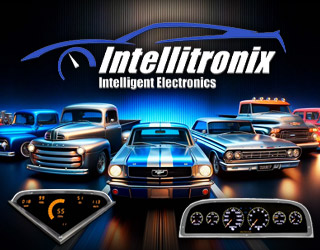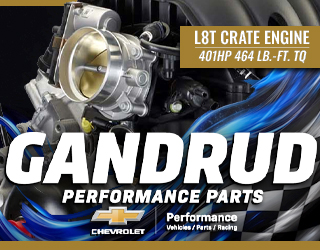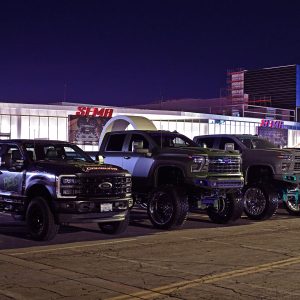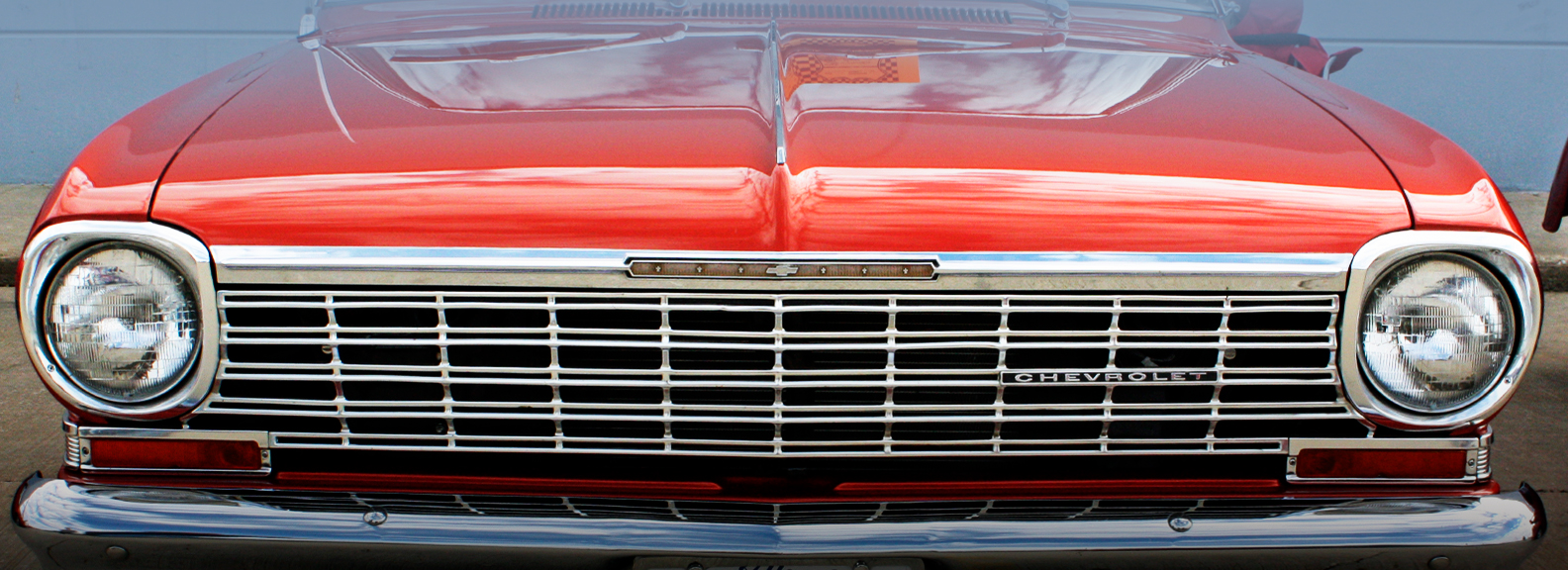Brakes
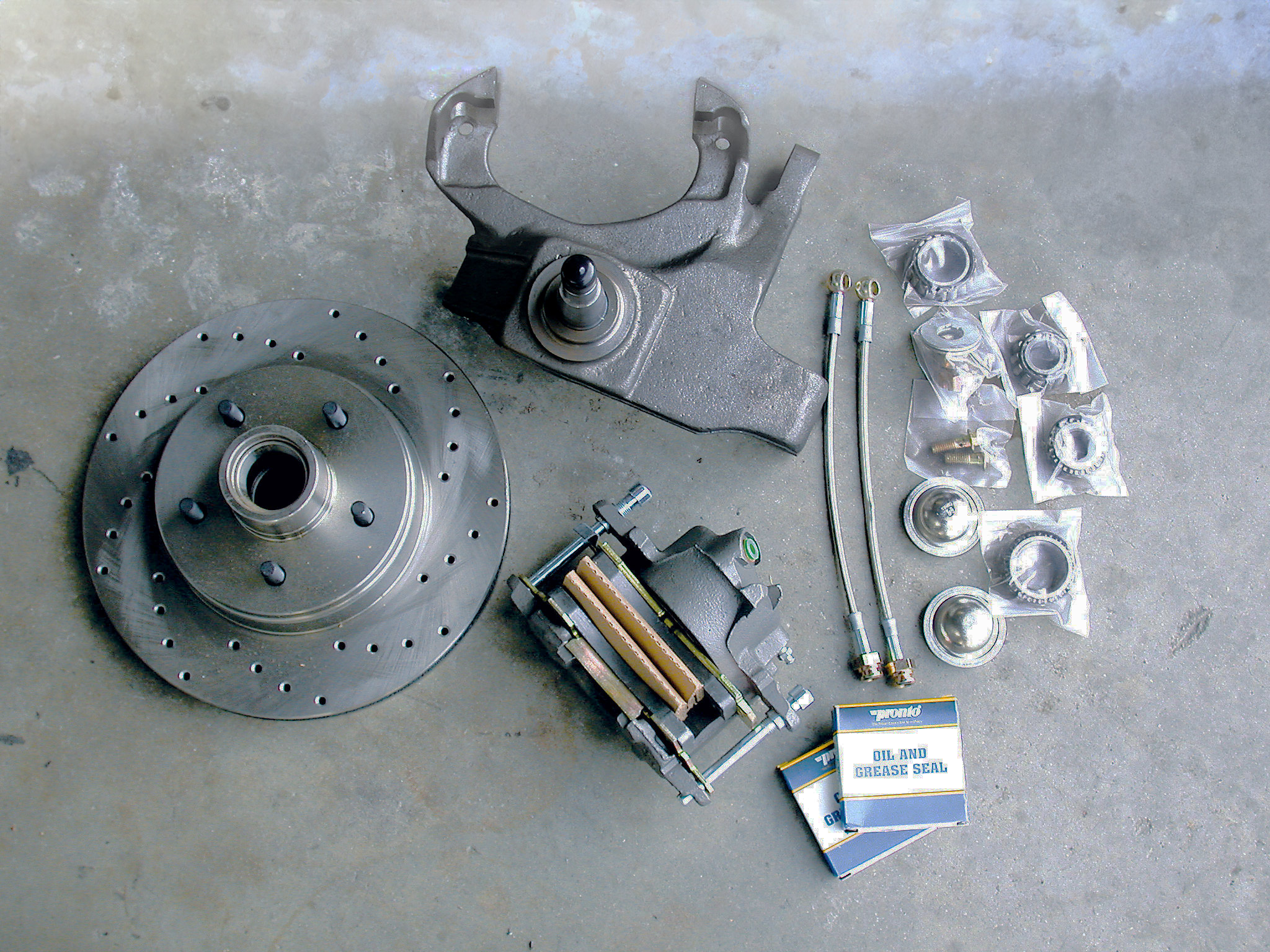
Getting a ’55 Chevy to sit at the right ride height is as easy as installing a set of 2-inch drop spindles, such as those from Superior Spindles and others. Getting the big ol’ car to slow down offers many more choices as well, and as long as you’re swapping spindles it is an excellent time to install those long-overdue disc brakes. When you think about it, it doesn’t make good sense to put a newly rebuilt tri-5 Chevy on the same road with stock OE cars with ABS four-wheel disc brakes. If ever you came upon a situation where a car ahead of you had to stop in an emergency situation, the performance of even a stock set of disc brakes will far “outdistance” your drum setup, meaning you would not be able to stop in time and could well end up in the trunk of the car ahead of you. Not good.
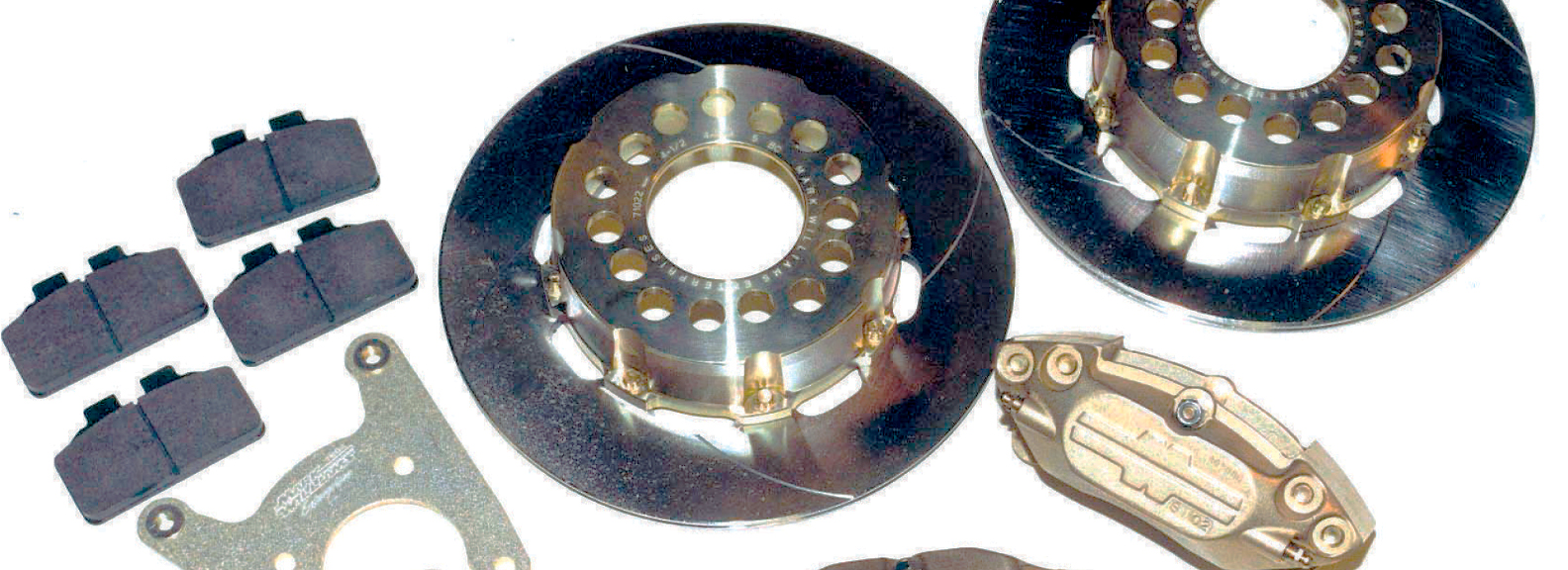
In the eyes of the Chevy enthusiast, ultimate acceleration reigns supreme. Everything plays second fiddle in the performance-oriented minds of many enthusiasts, including handling, comfort and so on—besides, those things are tough to quantify. Acceleration and top speed are what we are into and unfortunately, all too often, last on the performance priority list is braking. Remember, no matter how quick or fast a particular Chevy is, and no matter how well that Bow Tie handles, no matter how plush it is, no matter how straight the body panels are or how crafty it’s built, eventually you have to get the thing to stop.







